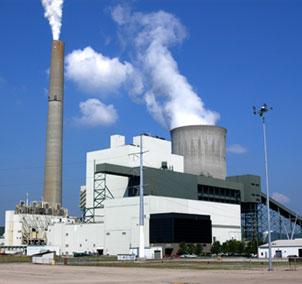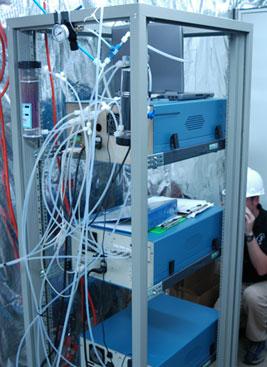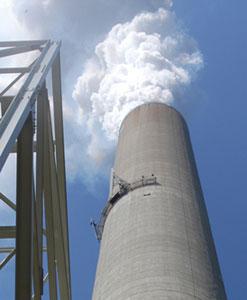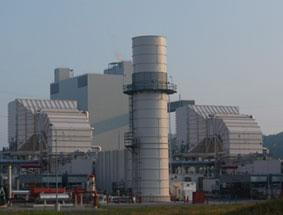Clean Air Markets - Emissions Monitoring
Getting Started

The Clean Air Markets Division maintains several market-based programs designed to improve air quality. These include the Acid Rain Program and the Clean Air Interstate Rule. Complete and accurate monitoring, reporting, and auditing of emissions is a central feature of these programs. Sources regulated by these programs must follow the monitoring regulations in Part 75 of Volume 40 of the Code of Federal Regulations (CFR), which requires continuous monitoring and reporting of sulfur dioxide (SO2), carbon dioxide (CO2), and nitrogen oxide (NOx) emissions.
Newly Regulated Sources
Sources that are new to CAMD's regulated community must first register with the CAMD Business System (CBS) before they are able to submit monitoring plans, QA/QC tests, and emissions data using the Emissions Collection and Monitoring Plan System (ECMPS). Learn more about Getting Started with CBS.
Part 75 Administrative Processes
The following tables provide guidance on requirements to submit various types of information under Part 75.
- Table 1: Initial Certification
- Table 2: Recertification
- Table 3: Routine Quality Assurance Testing
- Table 4: Diagnostic Tests and DAHS Verifications
- Table 5: Low Mass Emission Units
- Table 6: Other Notification Requirements
Emissions Monitoring Contacts
A complete list of all EPA, state, and local contacts is available.
Monitoring Information

Part 75 of Volume 40 of the Code of Federal Regulations (CFR) requires continuous monitoring and reporting of sulfur dioxide (SO2), carbon dioxide (CO2), and nitrogen oxides (NOx) emissions. Most of these emissions are measured with Continuous Emission Monitors (CEM), which monitor important information such as the amount of pollution emitted from a smokestack (pollutant concentration) and how fast the emissions occur (stack gas volumetric flow rate). Lower-emitting sources may use less rigorous methods, with safeguards in place to ensure that emissions are not under-reported.
Technical Guidance

EPA’s emission monitoring requirements ensure that the emission data collected is of a known, consistent, and high quality. This area provides a list of resources that will be useful to sources and regulatory agencies responsible for monitoring and submitting emissions for compliance with some of EPA’s programs, such as the Acid Rain Program and the Clean Air Interstate Rule.
- Control Chart Methodology For Identifying Decrease in Emissions Handout
- Eliminating Bias in CEM Systems
- Fundamentals of Successful Monitoring, Reporting, and Verification under a Cap and Trade Program
- Mercury Monitoring Information
- Observer's Checklist for Test Methods 2F, 2G, and 2H
- Rectangular Duct Wall Effects
PGVP/AETB

The Protocol Gas Verification Program (PGVP) and the Air Emission Testing Body (AETB) program, established in March, 2011, are ongoing programs that will better ensure the accuracy of calibration gases and the competency of emission stack testers. Both programs will strengthen our emission measurement data under the Agency's regional emission reduction programs, such as the Acid Rain Program and the Clean Air Interstate Rule.
